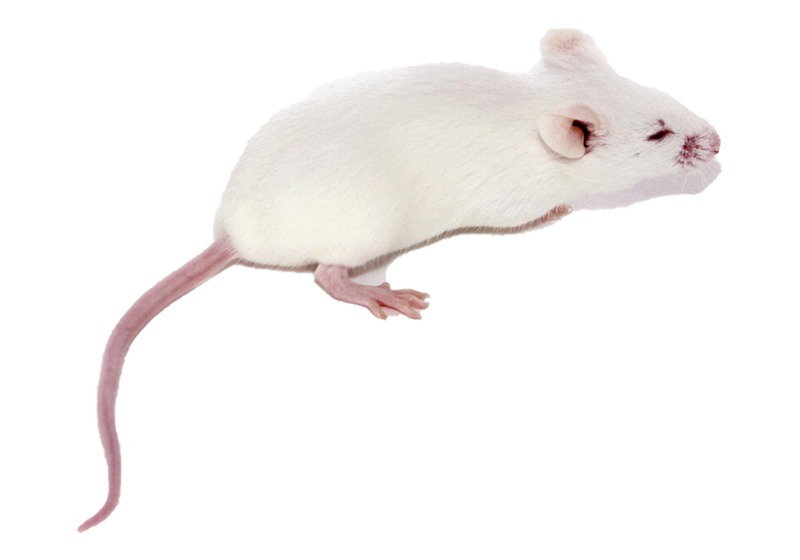BALBc mice

In 1913, bagg purchased the original albino mice from American businessman Ohio and bred them in groups. MacDowell began inbreeding in 1923 and reached 26 generations in 1932. He was named BALB / C strain. Andervont and others made BALB / C widely spread and applied. In 1985, China introduced NIH from the United States to the Institute of experimental animals, Chinese Academy of Medical Sciences, which is the 180th generation of BALB / C.
Coat color: albino.
Main features:
The incidence rate of breast tumor is low, but the incidence rate is high when breast tumor virus is induced. Ovarian, adrenal and lung tumors had a certain incidence in this mouse.
② Prone to chronic pneumonia.
③ Very sensitive to radiation.
④ Compared with other inbred lines, the ratio of liver, spleen to body weight was larger. There was amyloidosis in the spleen of 20 month old male rats.
⑤ There were spontaneous hypertension, heart lesions in elderly rats, and arteriosesclerosis in both male and female rats.
⑥ It is sensitive to Salmonella typhimurium complement and moderately sensitive to measles virus. It is sensitive to Leishmania, Rickettsia and pertussis histamine susceptibility factors.
Main uses: widely used in oncology, physiology, immunology, nuclear medicine research, as well as the preparation of monoclonal antibodies.

